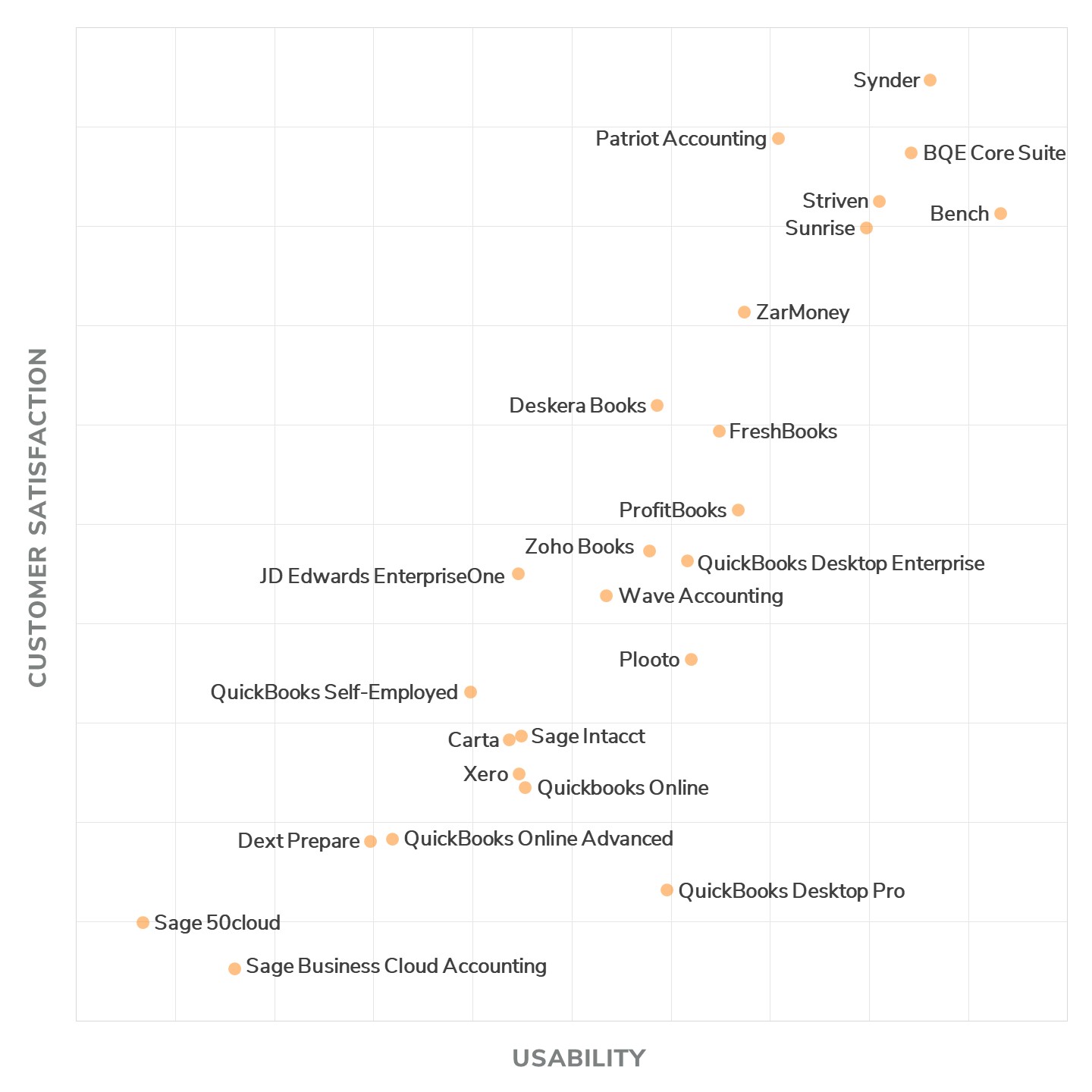

- #What percent of companies use jd edwards enterprise software
- #What percent of companies use jd edwards enterprise license
The best fit for small businesses is cloud-based ERP with a basic set of tools. The best option is to choose a specialized system that will have basic modules to suit your business requirements. Small businesses usually specialize in one particular field, so the number of daily operations is rather low and there is no need to purchase an ERP full-package suit. Types of ERP (by Number of Functions)ĭepending on the business size, ERP systems vary in terms of functions for: So, data is split into two parts between on-premises and on-cloud.
#What percent of companies use jd edwards enterprise software
Usually, businesses turn to a hybrid ERP system when they need to integrate cloud-based modules into existing on-premise software as they grow. The cost of hybrid enterprise resource planning maintenance depends on its sophistication. It perfectly suits the needs of companies that occupy a specialized niche. Hybrid ERP is a combination of on-premise ERP and cloud-based ERP. Generally, this software type is cheaper than the on-premise one and suits the needs of small businesses more. That’s why it’s important to find a reliable tech partner. There is no need to employ IT specialists, as cloud ERP will be maintained by the vendor. It grants access to the data anytime and anywhere via an Internet connection. Cloud-Based ERP SystemĬompanies can purchase cloud ERP from third-party vendors on a monthly or annual basis.
#What percent of companies use jd edwards enterprise license
Large corporations can consider this type of ERP software implementation, as having a license for the program means having control over every module and aspect. Servers are owned by the company, and an IT team takes care of the software and constantly updates it. There is no need for an Internet connection to get access to the information stored on-premises. On-premise software requires in-house installation and maintenance, meaning its availability in the organization’s computers and the presence of an internal IT team. Nowadays, there are three types of ERP classified by implementation: Nowadays, they can be classified according to the implementation process and a number of functions.

Over the years of deployment, ERP systems have developed and grown in their number.

The list of tasks enterprise resource planning covers includes: That’s how ERP facilitates work and saves businesses time and money. With enterprise resource planning, such departments can enter the databases of other business units to find the required information. Usually, cooperation between even two departments in such businesses requires completing several actions and spending a lot of time. Thanks to technologies implemented for impeccable connectivity between different organizations, ERP is in great demand in these industries:ĮRP systems assist companies consisting of several departments and business units. What Industries and Businesses Can Use ERP System?ĮRP is suitable for various industries and will bring business benefits to companies of any size. In this regard, ERP systems harmonize the decentralized workflow that usually adds some hurdles to process management. This way, distinct business units can constantly communicate, interact, and share data while dealing with daily operations.Įven more, the ERP system stores all the relevant information and enables automation of collecting and using corporate data for the business’s benefit. The ERP system brings together multiple modules and facilitates cooperation between various departments of the company. With its help, a company can establish end-to-end connectivity of all the running business operations, including the relations with vendors and customers. What Is ERP and What Is It Used For?Įnterprise resource planning (ERP) is a modular software solution that centralizes the organization’s information, optimizes connections, and facilitates data sharing between departments of the enterprise. In this post, we’ll provide a detailed overview of ERP software solutions, including their types, business benefits, and implementation peculiarities. For businesses of different sizes, the enterprise resource planning system helps to overcome operational challenges, provide better efficiency of the services, and correspond to the needs of the modern market. One of the ways to enhance the efficiency of a company is to employ enterprise resource planning (ERP).

The more efficiently and the faster a company works, the better results and the higher income it gets. Optimized and automated operations are the essence of successful business practice.


 0 kommentar(er)
0 kommentar(er)
